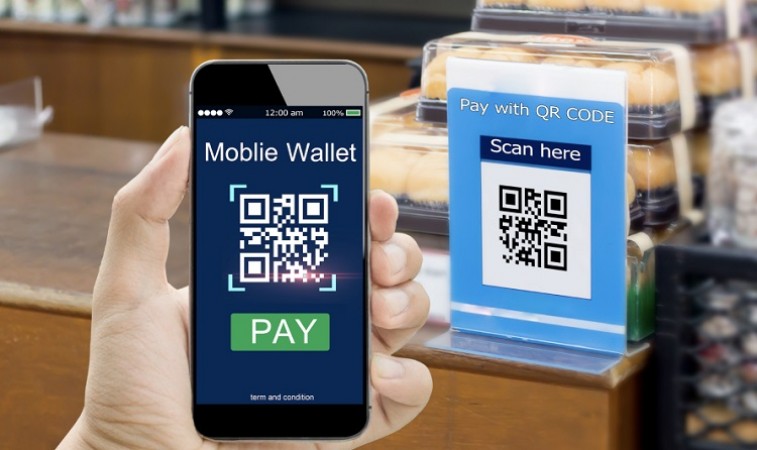
Mobile wallets market in India to surpass USD 5 trillion in 2027: The utility of mobile wallets is growing at a rapid pace and is gradually replacing conventional payments like cash and credit cards, a report read by GlobalData.
GlobalData, a data and analytics company, predicted in its analysis that payments made using mobile wallets will increase at a compound annual growth rate (CAGR) of 23.9% between 2023 and 2027 and reach 472.6 trillion ($5.7 trillion) in 2027.
Although Indians traditionally preferred cash as a form of payment, this trend is slowly changing. India has made concerted efforts to promote digital transactions, with the Unified Payments Interface (UPI) being the most notable. As a result of this drive, mobile wallets have benefited the most and are now India's preferred method of payment, according to Kartik Challa, Senior Analyst Banking and Payments at GlobalData.
Unified Payments Interface has become one of the most preferred methods for day-to-day payments, said the report. The National Payments Corporation of India (NPCI) introduced UPI, which facilitates fast transfers between bank accounts using a cell number or QR code and enables clients to combine bank accounts with mobile payment solutions, speeding up transactions.
The rapid acceptance of mobile wallets in India has also been greatly influenced by the strong merchant adoption of QR code payments.
The Reserve Bank of India (RBI) mandated mobile wallet interoperability as of April 1, 2022, allowing customers to make QR code-based payments regardless of the merchant's QR code solution.
An overview of the mobile wallet market in India: The mobile wallet market in India has experienced significant growth in recent years. Mobile wallets are digital payment platforms that allow users to store money electronically and make transactions using their mobile devices. They have become increasingly popular in India due to the rise of smartphone penetration and the government's push for digital payments.
Several key players dominate the mobile wallet market in India. Paytm, launched in 2010, is one of the leading mobile wallet providers and offers a wide range of services including bill payments, mobile recharges, and online shopping. It has gained a large user base and is widely accepted across various merchants in the country.
Another major player in the Indian mobile wallet market is PhonePe. It was launched in 2016 and quickly gained popularity due to its user-friendly interface and seamless integration with various apps and platforms. PhonePe offers features such as money transfers, bill payments, and online shopping.
Google Pay, launched in 2017, has also made significant inroads in the Indian mobile wallet market. It leverages the Unified Payments Interface (UPI) system, allowing users to make instant bank-to-bank transfers. Google Pay has gained popularity due to its simplicity and integration with other Google services.
Other notable mobile wallet providers in India include Amazon Pay, MobiKwik, and FreeCharge. These companies offer similar features and services, including bill payments, recharges, and peer-to-peer transfers.
Can India become a 50% non-cash economy in 3 years
Paytm strengthens merchant pay leadership with 71-La devices in April